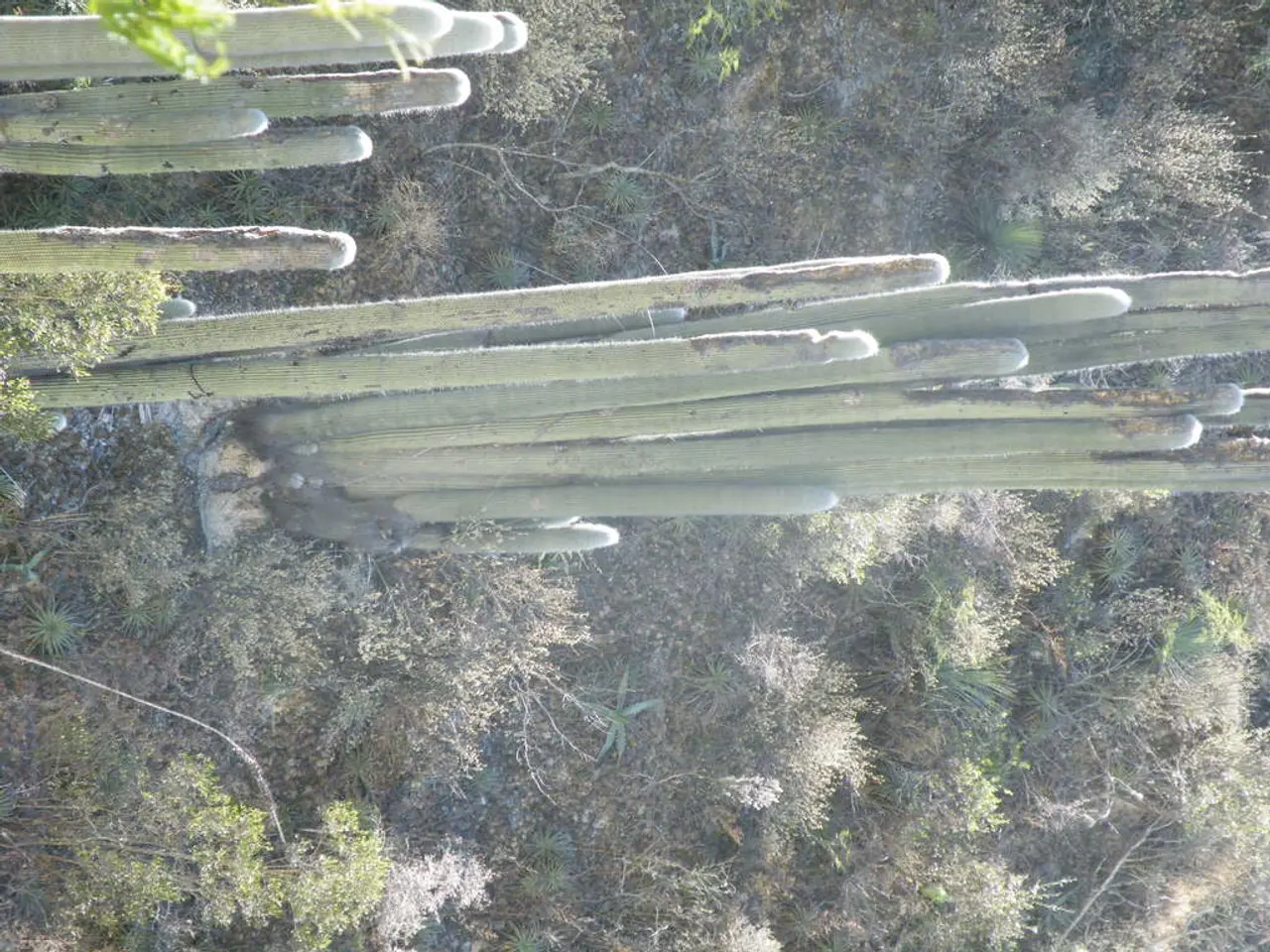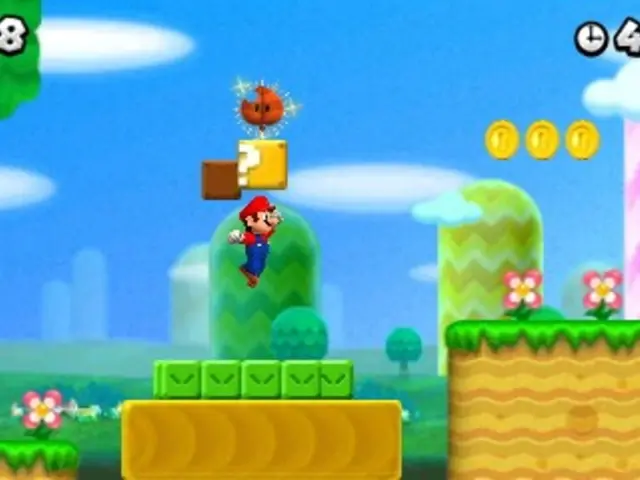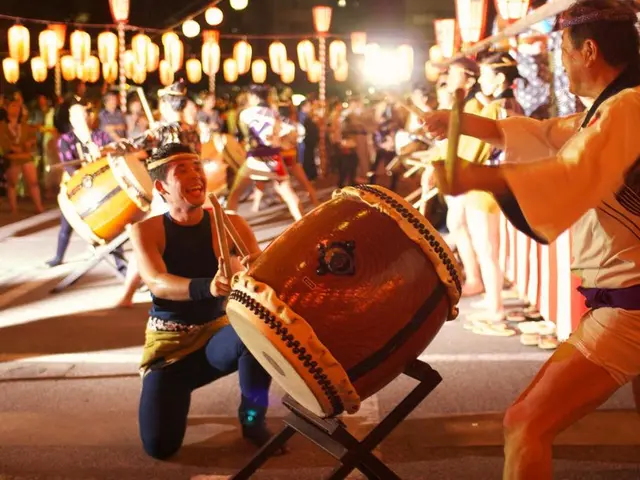Best Ten Greenery Options for Your Terrarium Home Decor
Discover the perfect plants for your low-light terrarium with our expert guide! From the resilient ZZ Plant to the vibrant Fittonia Albivenis, these plants thrive in minimal light and create a visually stunning ecosystem.
1. ZZ Plant (Zamioculcas zamiifolia)
The ZZ Plant is a must-have for low-light terrariums. It's incredibly tolerant of low light and minimal watering, making it an ideal choice for those seeking a low-maintenance option.
2. Peace Lily (Spathiphyllum)
Performing well in shaded spots with indirect light, the Peace Lily adds a touch of elegance to your terrarium.
3. Pothos (Epipremnum aureum)
Pothos thrives in low light and is a popular choice for terrariums. To avoid leaf fading, ensure it receives indirect light.
4. Syngonium
Syngonium is frequently recommended for shaded indoor spaces, making it an excellent addition to your low-light terrarium.
5. Calathea varieties (e.g., 'Green Goddess', 'Green Star')
Known for their attractive foliage, Calathea varieties are perfect for low-light terrariums. The 'Green Goddess' and 'Green Star' varieties are particularly popular.
6. Ferns (Autumn fern, Boston fern mini, Austral gem fern)
Ferns are adapted to thrive in shaded, humid environments like terrariums. Choose from the Autumn fern, Boston fern mini, or Austral gem fern for a lush, green addition.
7. Asplenium nidus ('Crispy Wave')
This type of fern is suitable for low-light terrarium settings, offering a unique texture and shape.
8. Begonia ferox
Begonia ferox is a low-light tolerant plant with unique leaf patterns, adding a touch of exoticism to your terrarium.
9. Marimo Moss Balls (Aegagropila linnaei)
These living algae require very low light and minimal care, making them ideal for aquatic terrariums.
10. Snake Plant (Sansevieria)
Another resilient low-light tolerant plant, the Snake Plant is easy to maintain indoors.
In addition to these top 10 picks, there are numerous other plants suitable for low-light terrariums. For example, the Fittonia Albivenis, also known as a nerve plant, thrives in humid conditions. Its bright green leaves with silver-like vein patterns create a striking contrast against darker plants.
The Polka Dot Plant, or Hypoestes Phyllostachya, adds a pop of colour with its semi-wide dark green leaves featuring a polka dot pattern. It prefers bright, indirect sunlight and regular, even moisture soil.
The Helxine Soleirolii, or Baby Tear, is a perennial evergreen plant that spreads across 3-6 feet. Its preferred soil conditions are loamy, rich, and moist.
Lastly, the Strawberry Begonia offers red vertical stalks and flowers, reaching a maximum height of 8 inches. To ensure your terrarium doesn't become too crowded, it's recommended to either put them in a big terrarium or regularly prune them.
Whether you're a seasoned terrarium enthusiast or just starting out, these plants provide a diverse range of options to create a visually appealing and low-maintenance terrarium ecosystem.
Looking to purchase these plants and more? Nurserylive offers a wide range of products, including different plants, plant pots, plant stands, pebbles and stones, different types of soil, different fertilizers, and much more. With affordable and attractive prices, you're sure to find the perfect plants for your terrarium on Nurserylive's website.
- To maintain the ZZ Plant's health, it's essential to secure its roots in a mix of well-draining soil and place it in pots.
- For a successful indoor gardening lifestyle, consider using fertilizer approved for low-light plants to ensure proper nutrition.
- A vertical garden, especially one featuring terrariums, is an innovative way to enrich your home-and-garden lifestyle.
- After placing the plants in their pots, consider adding a layer of pebbles around the base to enhance the terrarium's aesthetic appeal.
- In addition to the peacefulness brought by the ambiance of the low-light terrarium, it also serves as a perfect spot for meditation and relaxation.
- To create a secure foundation for your terrarium, use specialized indoor plant stands designed for the appropriate weight and stability.
- To transplant the succulent Fittonia Albivenis, gently remove it from its nursery container, being mindful not to damage its delicate roots.








